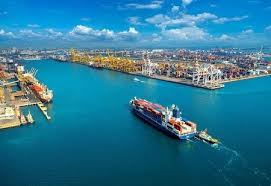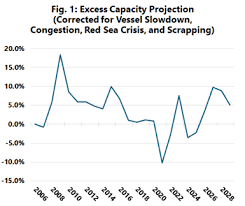Festive logistics offers a blueprint for India’s supply chains, blending predictive planning, sustainable practices, and operational discipline to drive efficiency, transparency, and resilience year-round

Predictive planning and sustainable packaging reduce costs and environmental impact effectively.
Peak festive shipments place enormous pressure on packaging and environmental responsibility. Nisarg Omprakash Agrawal, Associate Director, Nagarkot Forwarders, emphasises the practical application of data for operational readiness: “While AI and predictive analytics help model demand, our focus is translating these signals into actionable steps, ensuring customs clearance, transport, and warehouse capacity are aligned in advance.” Close collaboration with customer teams during the festive season ensures that supply chains remain agile and responsive, reducing surprises and delays.
Human-centric efficiency
Automation and robotics are often highlighted as transformative, but disciplined processes and well-managed manpower remain critical. “Warehouse speed, accuracy, and reliability can be achieved through trained staff, shift planning, and strong supervision,” Agrawal explains. Careful process management ensures that peak-season volumes are handled efficiently, even without extensive automation, while maintaining quality standards and reducing operational errors.

Operational readiness and disciplined processes ensure festive supply chains run smoothly.
Digital transparency
Tracking and real-time updates form the backbone of modern festive logistics. “By integrating data from customs, transport, and warehouse systems, and providing timely updates, exceptions, and risk alerts, supply chains remain transparent and reliable,” says Agrawal. Proactive communication during the peak season ensures stakeholders have full visibility, reinforcing trust and operational predictability, and helping businesses respond instantly to evolving situations.
Sustainable packaging
Sumit Chakraborty, Associate Vice President & Commercial Head (International Logistics), Adani Ports and SEZ, explains, “AI and software applications can optimise space usage, reduce costs, and support sustainable packaging choices. Returnable, reusable, paper-based, or biodegradable materials should be preferred.” He adds that order consolidation, warehousing strategies, and accurate demand forecasting are essential to reduce both waste and carbon footprint. Implementing circular supply chain practices can further enhance sustainability while improving operational efficiency.
Year-round insights
Festive logistics provides lessons that extend beyond seasonal spikes. Chakraborty notes, “Well-planned marketing, predictive analytics, and data mining on historical channels and customer bases allow companies to manage peak periods efficiently.” By avoiding domestic and international bottlenecks, organisations can not only save costs but also create smoother, more resilient supply chains throughout the year. These insights encourage companies to rethink inventory management and delivery planning long before peak demand arrives.
Operational blueprint
“Festive logistics drives sales and revenue; it is not merely a seasonal challenge,” Chakraborty observes. Peaks and troughs govern consumer-driven sectors like paints, consumer durables, automobiles, and furniture. By approaching festive demand strategically, businesses can convert temporary surges into a framework for continuous supply chain improvement, strengthening both customer trust and operational readiness.
Conclusion
The festive season serves as both a stress test and a learning lab. By combining sustainable practices, predictive planning, disciplined operations, and transparent communication, India’s logistics ecosystem can convert temporary peaks into long-term, scalable efficiency, benefiting businesses and consumers alike.










